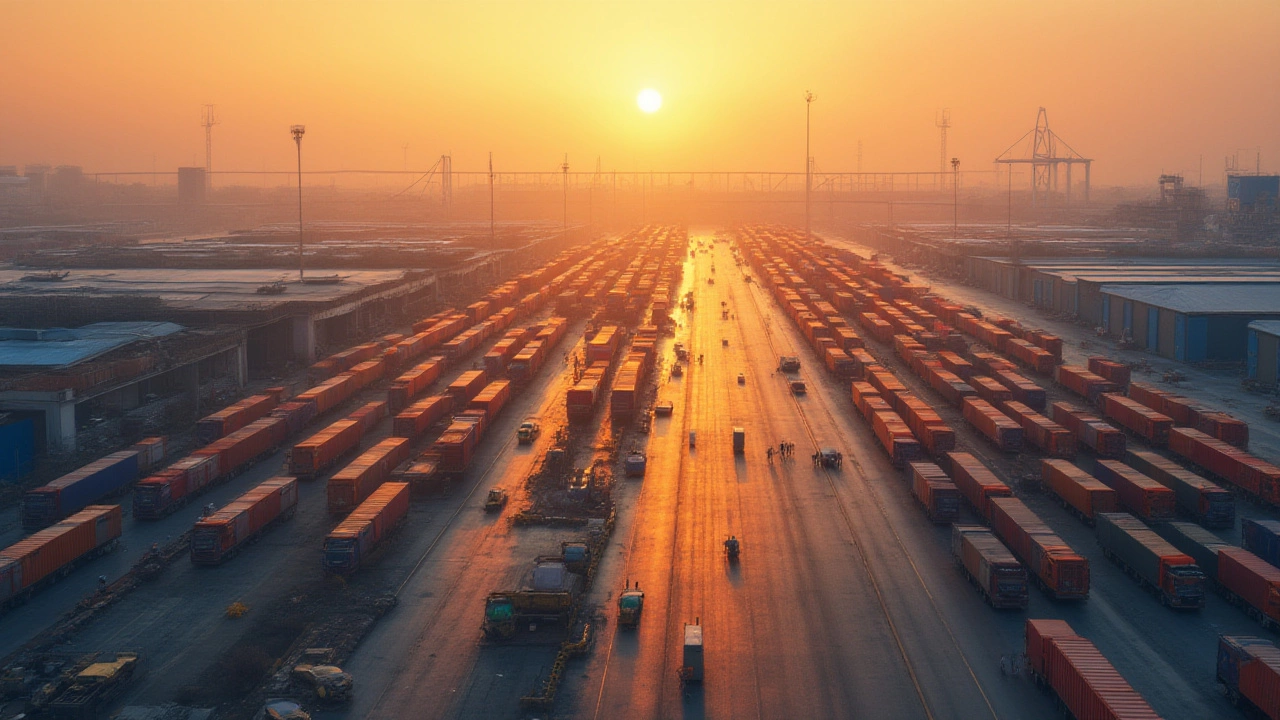Logistics Park Basics: What They Are and Why You Need One
Think of a logistics park as a big, organized playground for your inventory. It combines warehouses, transport links, and services in one spot. When everything sits close together, loading, unloading, and moving goods gets faster and cheaper.
Companies use logistics parks to cut the distance between storage and shipping. The result? Faster delivery times, lower fuel costs, and fewer mishaps. If you’re looking to grow your supply chain, a well‑placed park can be a game‑changer.
Key Benefits of a Logistics Park
First, you get built‑in infrastructure. Most parks have high‑clearance docks, automated racking, and 24‑hour security. That means you don’t have to spend extra on upgrades.
Second, connectivity is built in. Many parks sit next to highways, rail terminals, or airports. One click and you’re on a major route, which slashes transit delays.
Third, shared services lower costs. Things like customs clearance, packaging labs, or even staff training can be accessed across tenants. You pay only for what you use.
Lastly, zoning rules are already cleared. You avoid the headache of getting permits for a new warehouse because the park is pre‑approved for industrial use.
How to Pick the Right Logistics Park for Your Business
Start with location. Map out where most of your customers live and where your suppliers ship from. A park that sits between those points saves mileage.
Check the transport options. Is there a nearby highway interchange? Do you need rail access? Make sure the park supports the mode you rely on most.
Look at the facility specs. Ceiling height, dock count, and floor load capacity matter if you handle heavy pallets or tall racks. Walk the site or ask for a floor plan before you decide.
Consider the tenant mix. Parks with complementary businesses—like a third‑party logistics provider or a packaging firm—can make your operations smoother.
Finally, run the numbers. Compare rent, utilities, and any service fees with your current costs. A lower total cost of ownership means more profit margin.
Choosing the right logistics park isn’t just about space; it’s about fitting into a network that speeds up your whole supply chain. Take a few minutes to map your flow, check the connectivity, and match the features to your needs. When the pieces line up, you’ll see faster deliveries, happier customers, and a healthier bottom line.
What is Bigger Than a Warehouse? Exploring Mega Logistics Spaces & Supply Chain Giants
Ever wondered what's larger than a warehouse? Dive into the massive world of logistics hubs, fulfillment centers, and gigantic distribution spaces.
Read More